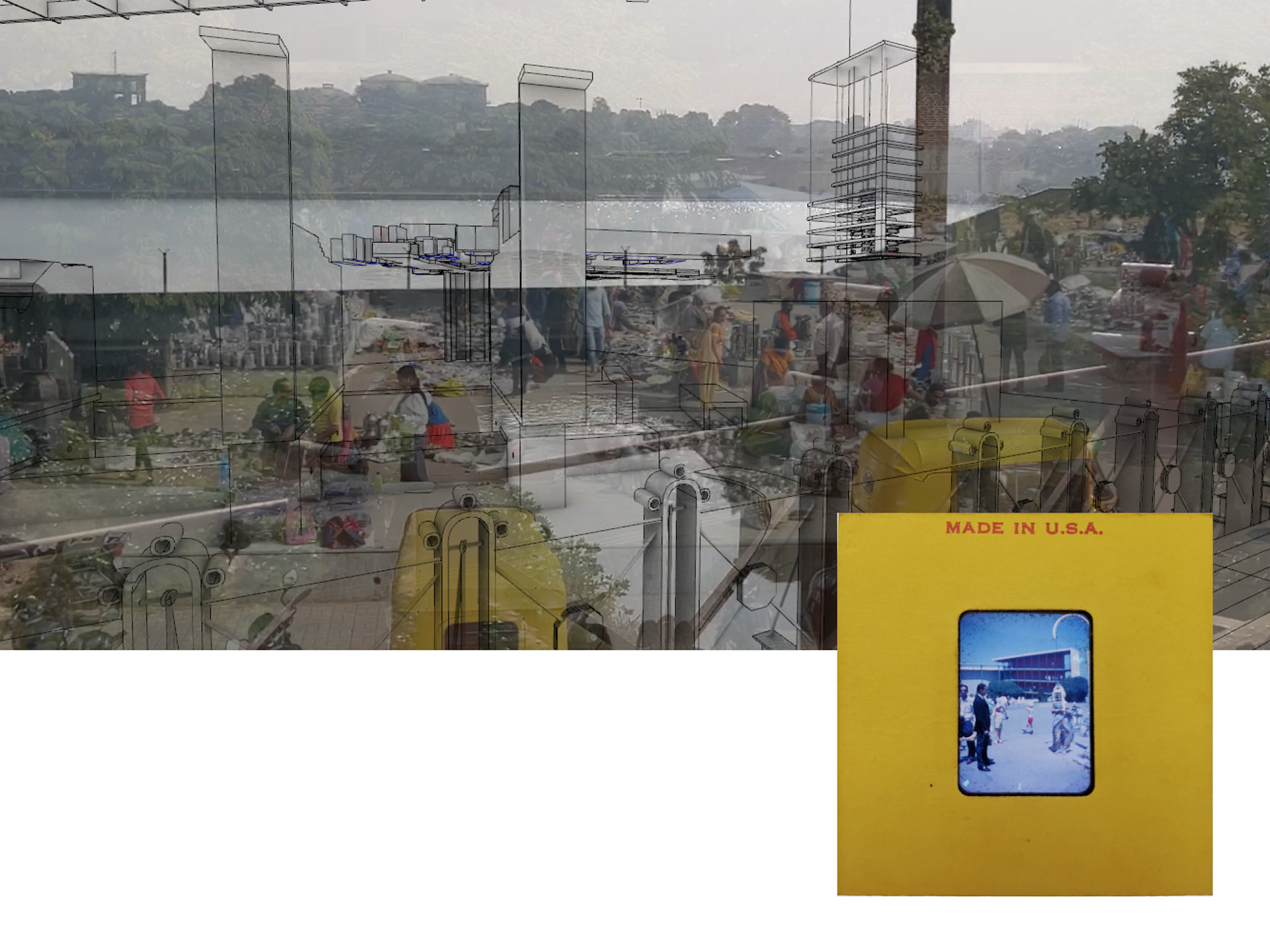Deconstructing narratology of Ahmedabad allows us to understand and methodologize its narratives. A narrative usually is a sequence of situations (in novels, plays or historical literature). Within a narrative, such words as thereafter, since, before, between, because are in place, binding the sentences into a text; chapters into a book. These words also carry a spatial capacity. Therefore, we can speak of the succession of narrative as a spatial form. The question is then what is the architectural relation between two situations within a narrative? To answer this question in relation to our thesis, drawing exercises are required. The drawing exercises take the learnt narratology and use them to assemble situations into serialities. Three main serialities are investigated:
1. The hauntological series of the Salt March, which investigates the perception of places as well as the trace of events through posture and transposition.
2. The series of photo slides which deals with concept of souvenir. Photo slides are the situations taken elsewhere in the world in order to be brought home [India].
3. The projected series of the Riverfront, which combines the aforementioned two series. It is a show-within-a-show that unfolds through the dialogue between the two preceding series and the technical program, which developed its own seriality through urban strategy [e.g. laundry -> clothing market).
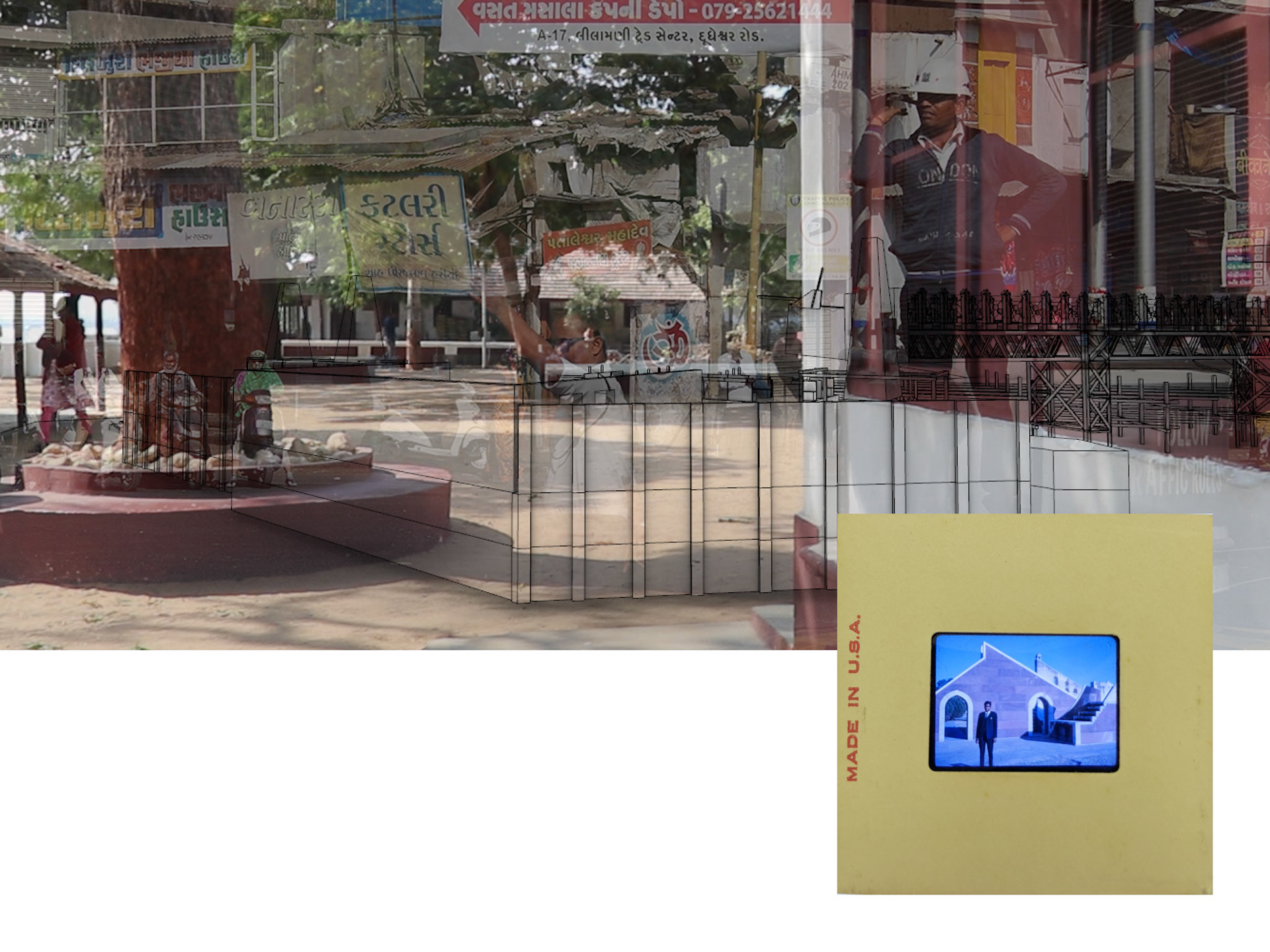
Frame: 1022 || Slide No.7 || Location: Astrological Device, Jaipur, India
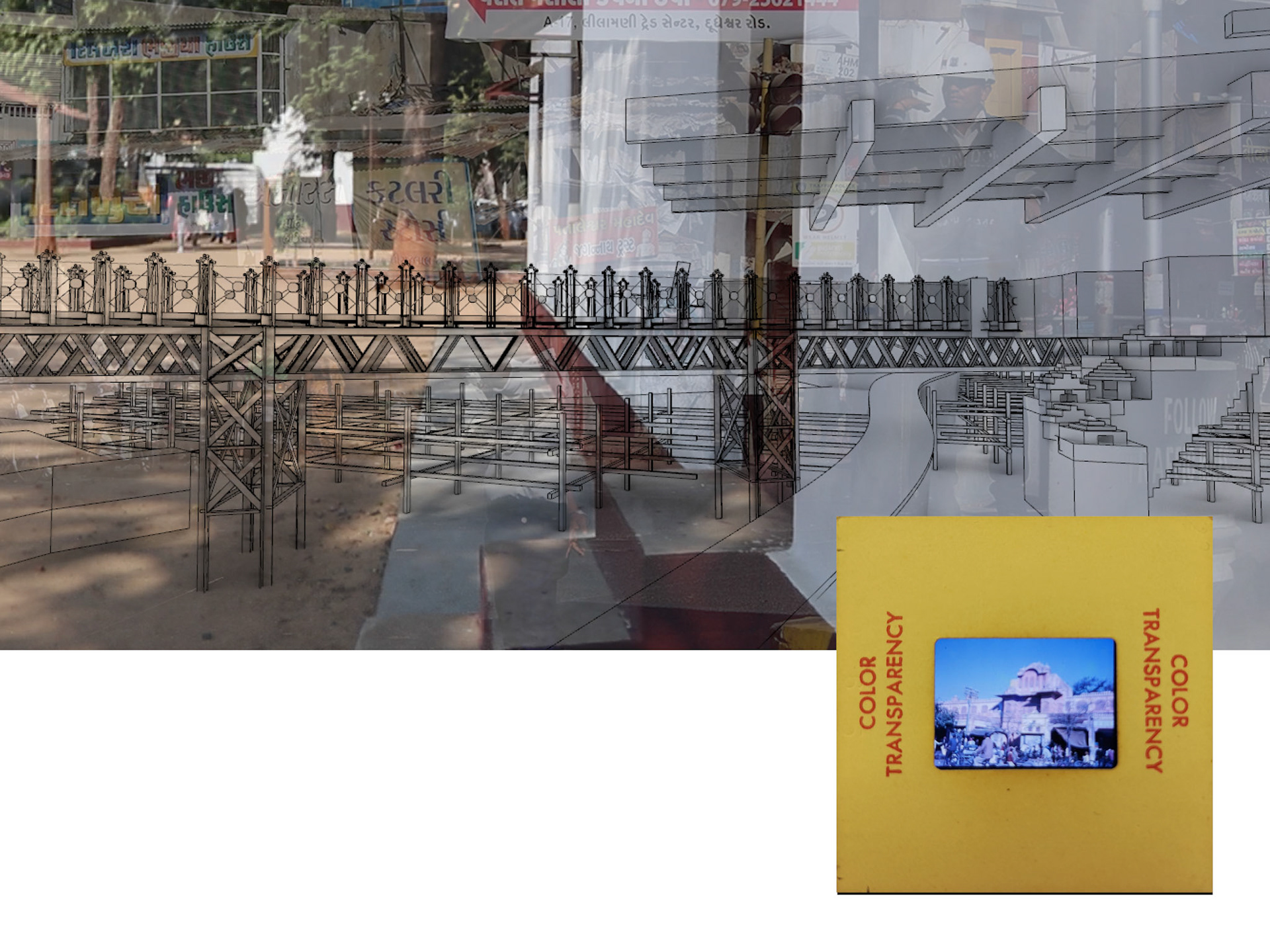
Frame: 1085 || Slide No.8 || Location: Pink City Walls, Jaipur, India
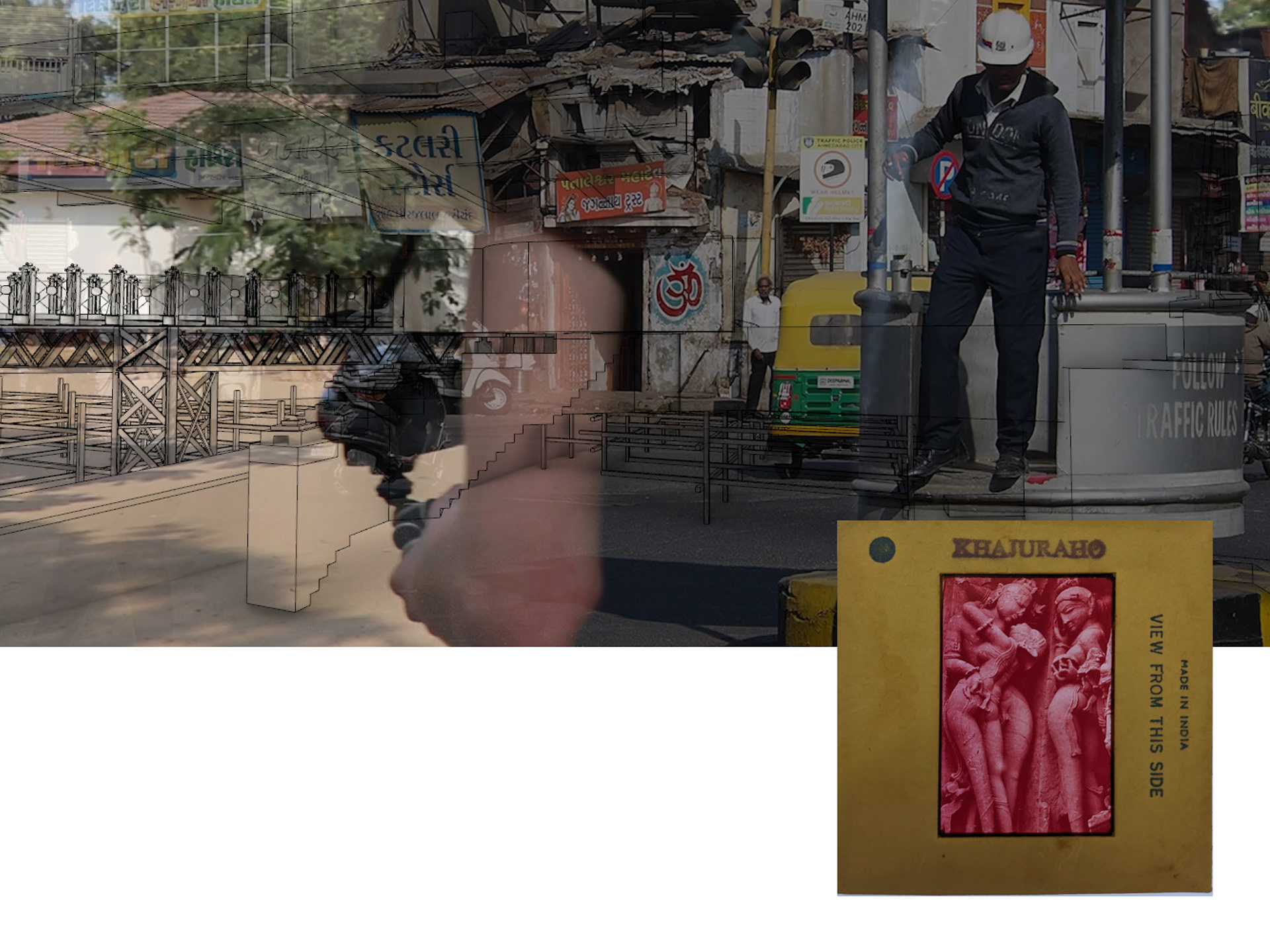
Frame: 1186 || Slide No.5 || Location: Khajuraho Tantric Temple, Khajuraho, India
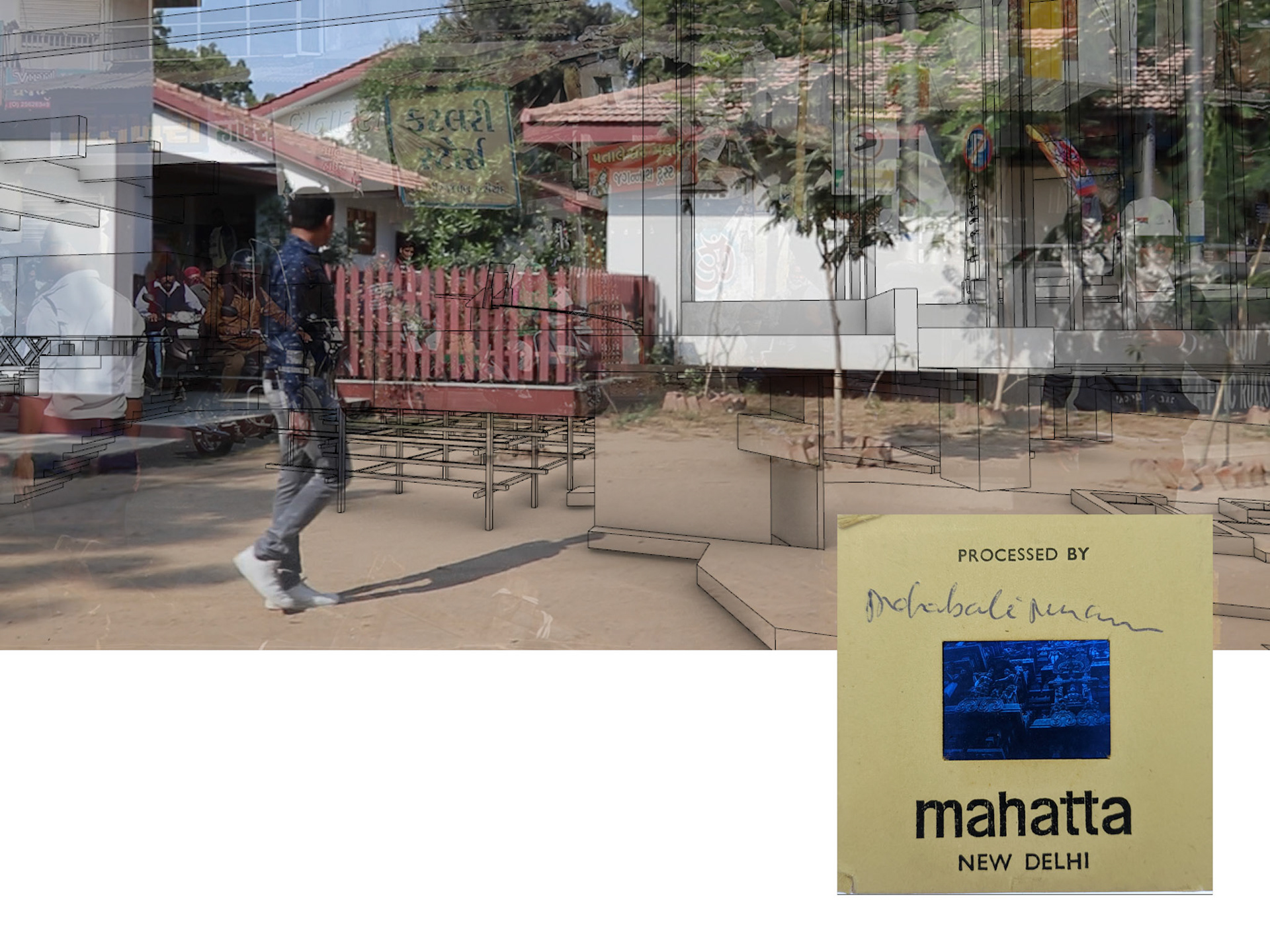
Frame: 610 || Slide No.4 || Location: Mahabalipuram Temple, Mamallapuram, India
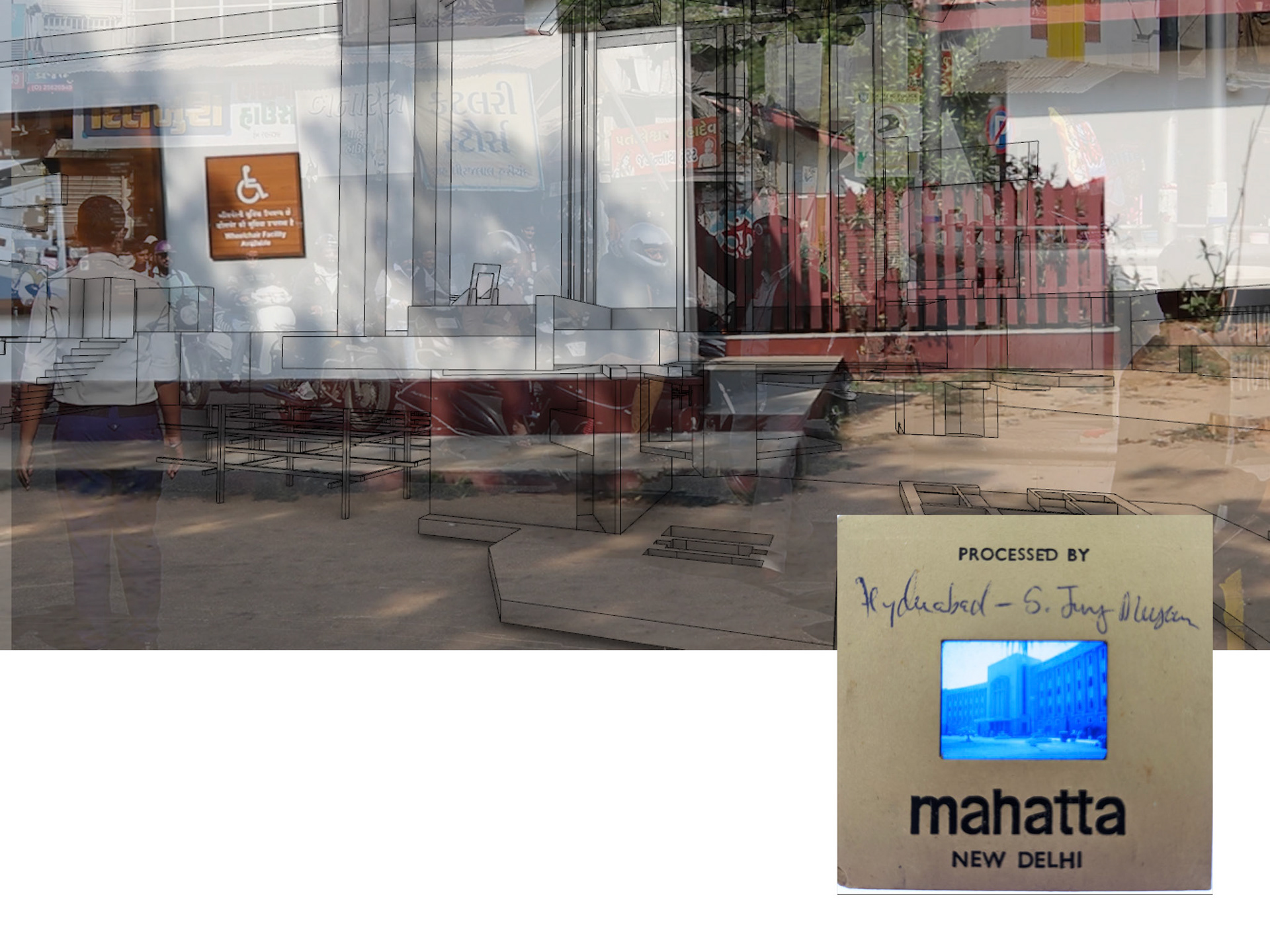
Frame: 1306 || Slide No. 9 || Unknown Building in Hydrabad, Hydrabad, India
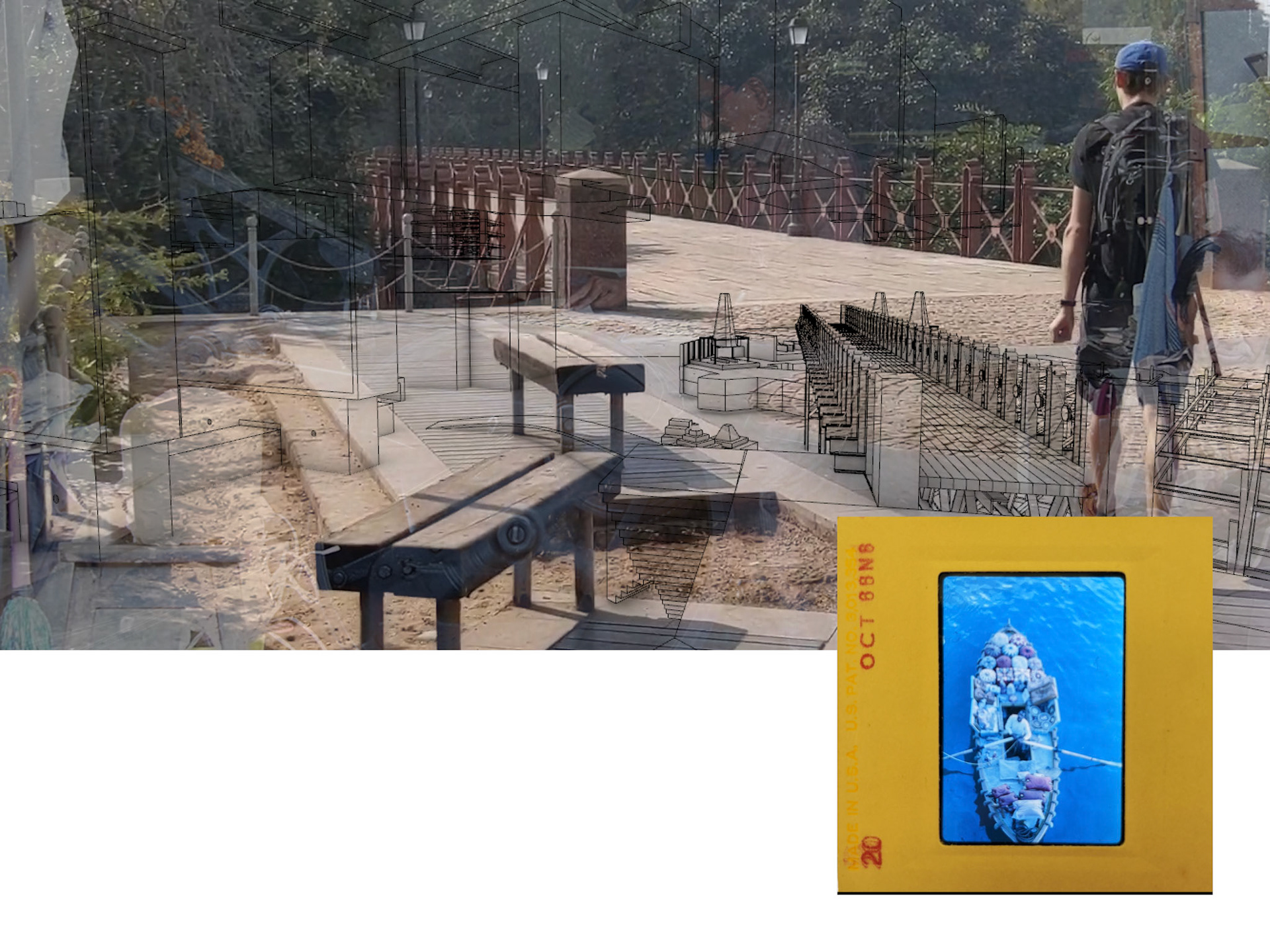
Frame: 001 || Slide No.3 || Location: Merchant Boat, In sea, under bridge or pavement

Frame: 187 || Slide No.6 || Nataraja Sculpture
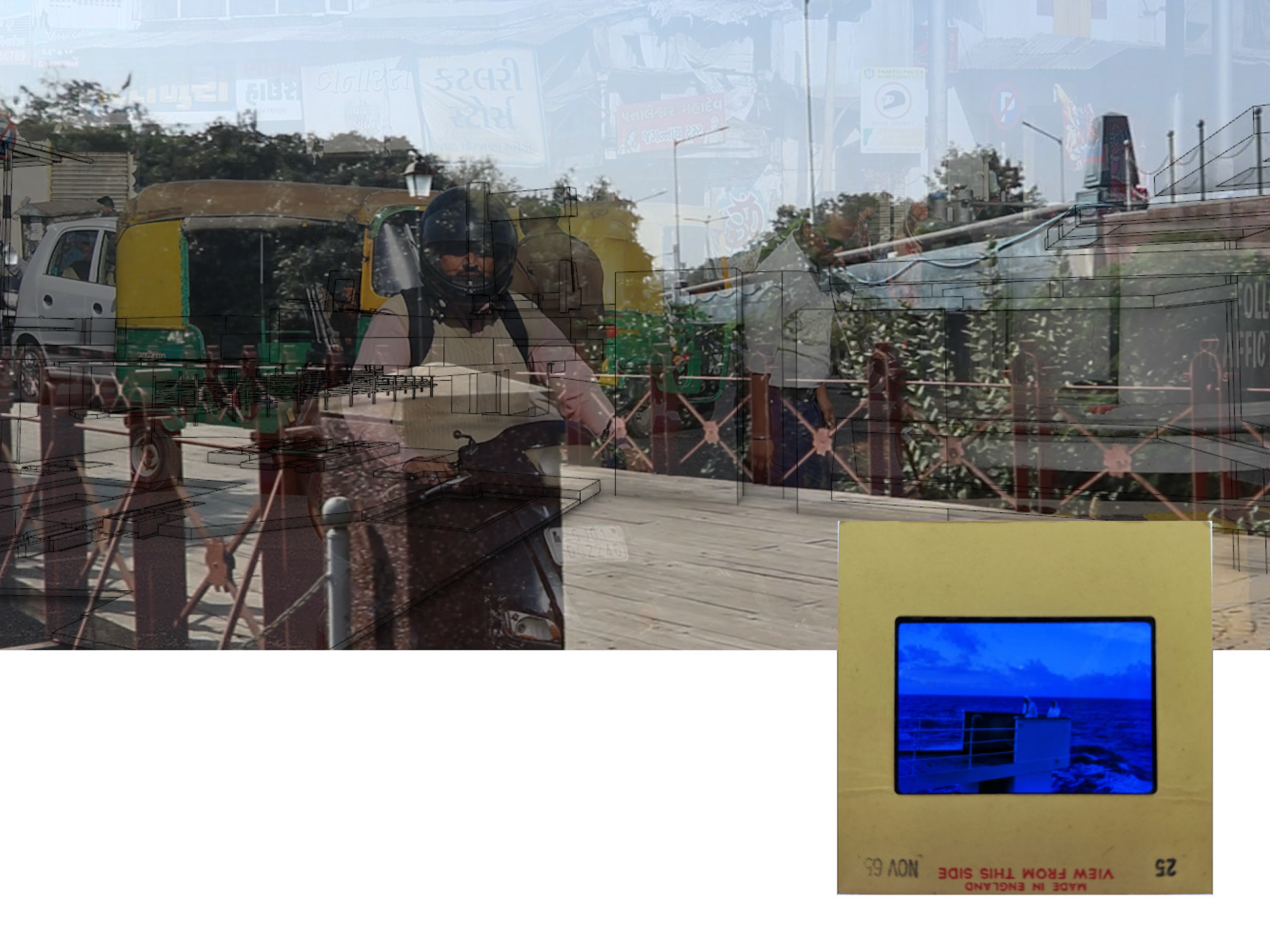
Frame: 1426 || Slide No.2 || Location: Observation Deck Somwhere on Cruise Ship, In Ocean
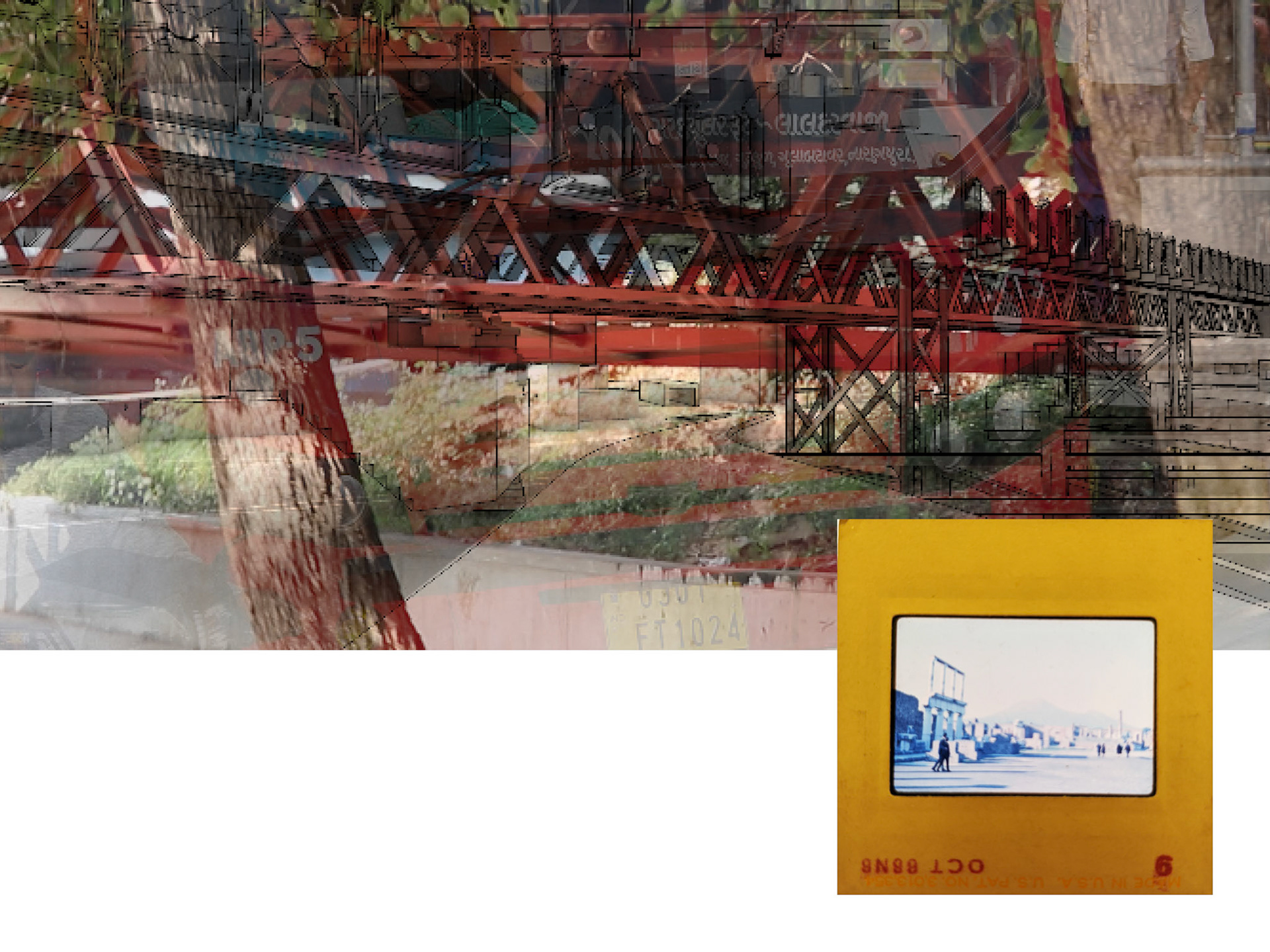
Frame: 1685 || Slide No.10 || Location: Days of Pompei, Pompei, Italy
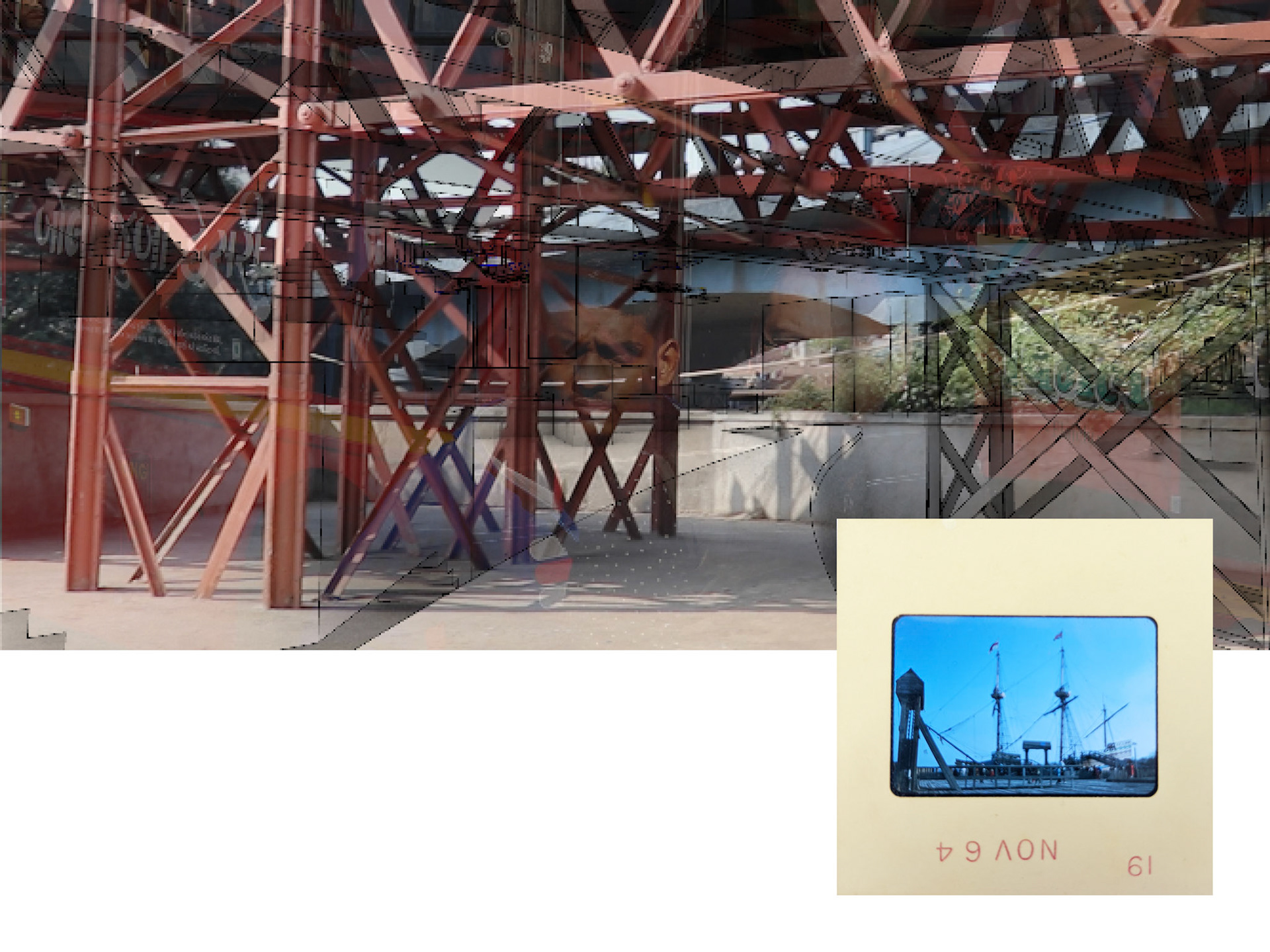
Frame: 1757 || Slide No.1 || Location: East India Frigate, Somwhere on East India Route
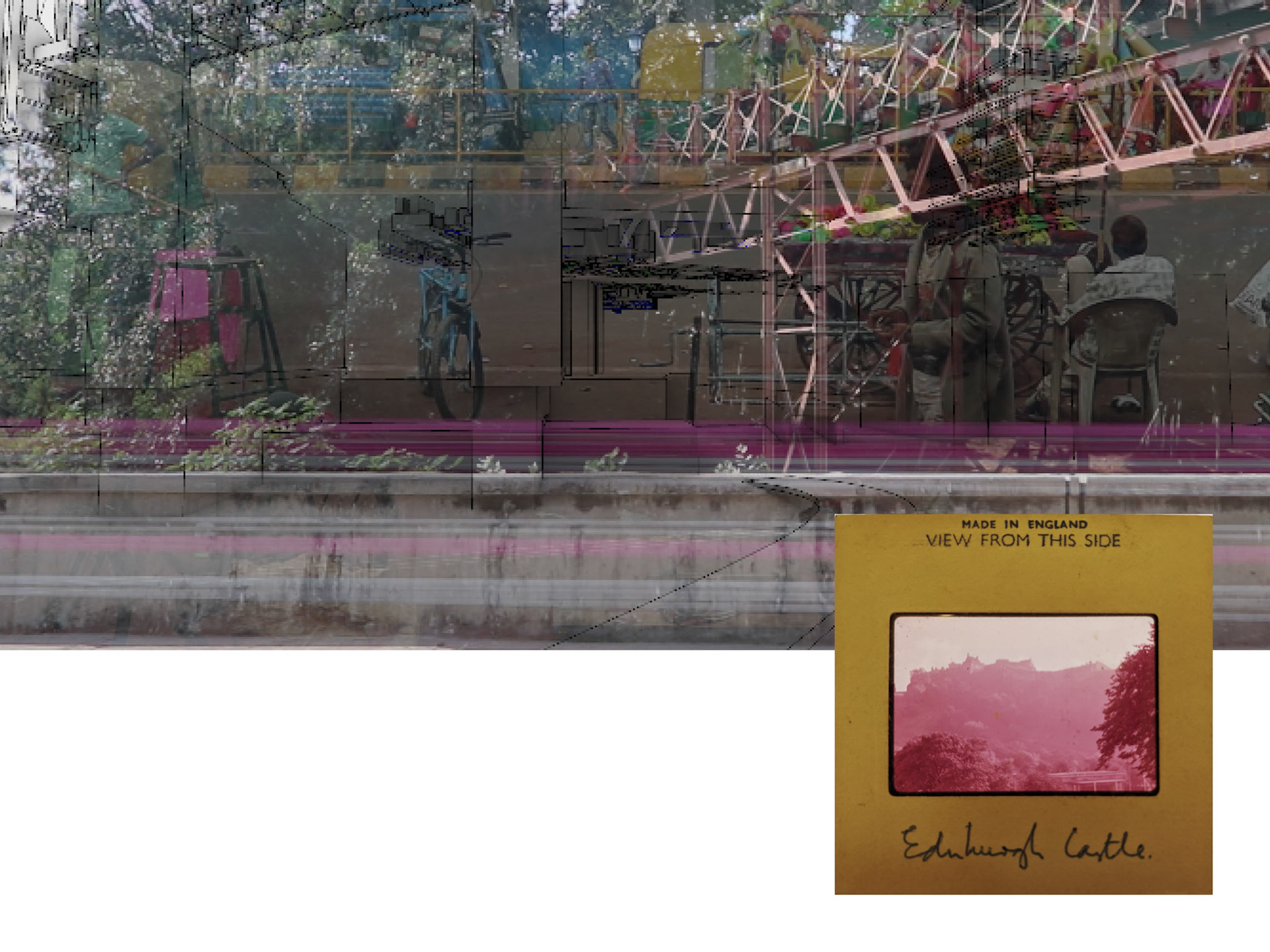
Frame: 1878 || Slide No.14 || Location: The Castle. View From Prince’s Gardens, Edinburgh, UK
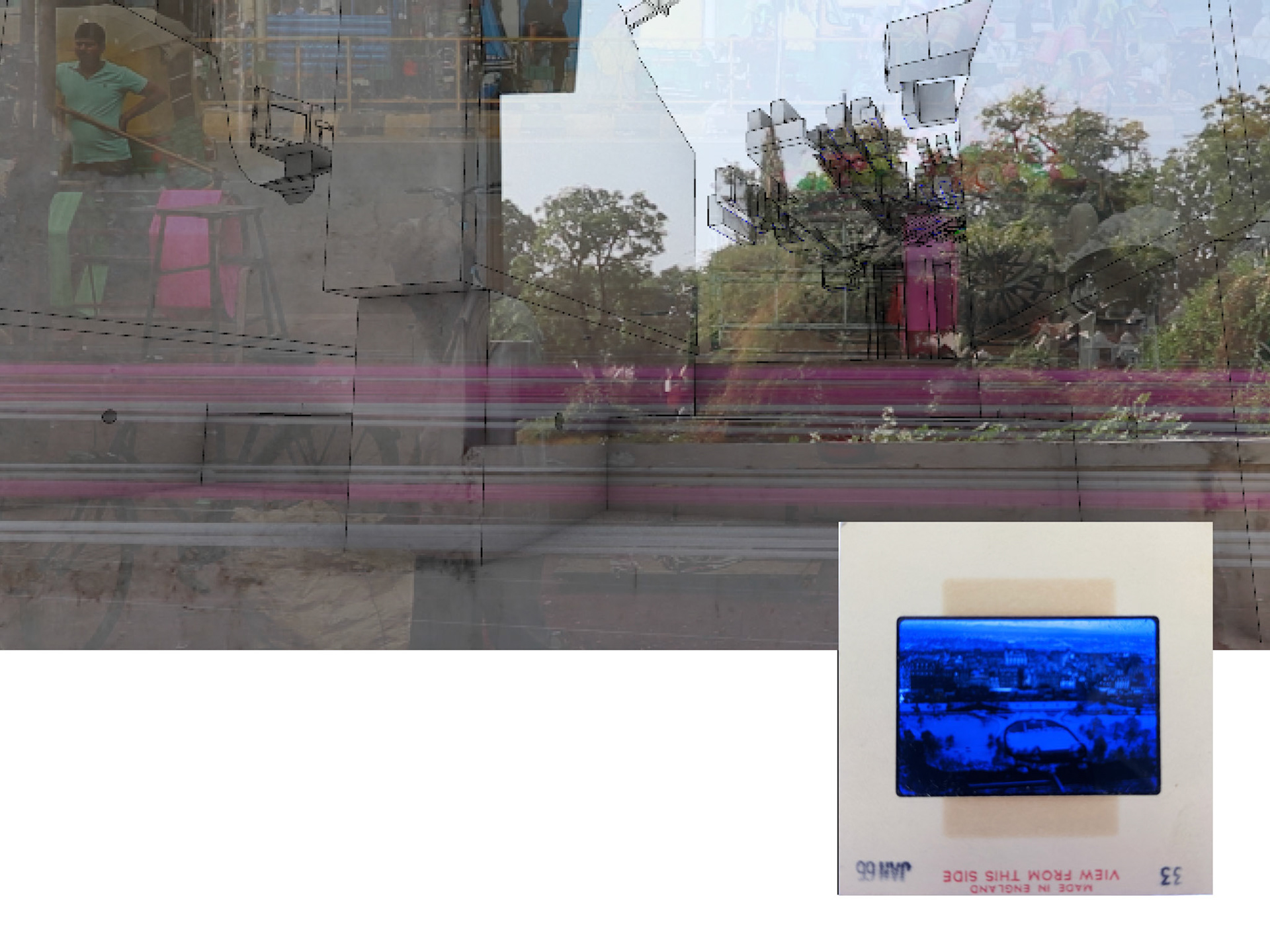
Frame: 2314 || Slide No.13 || Location: View Over Prince’s Street, Edinburgh, UK
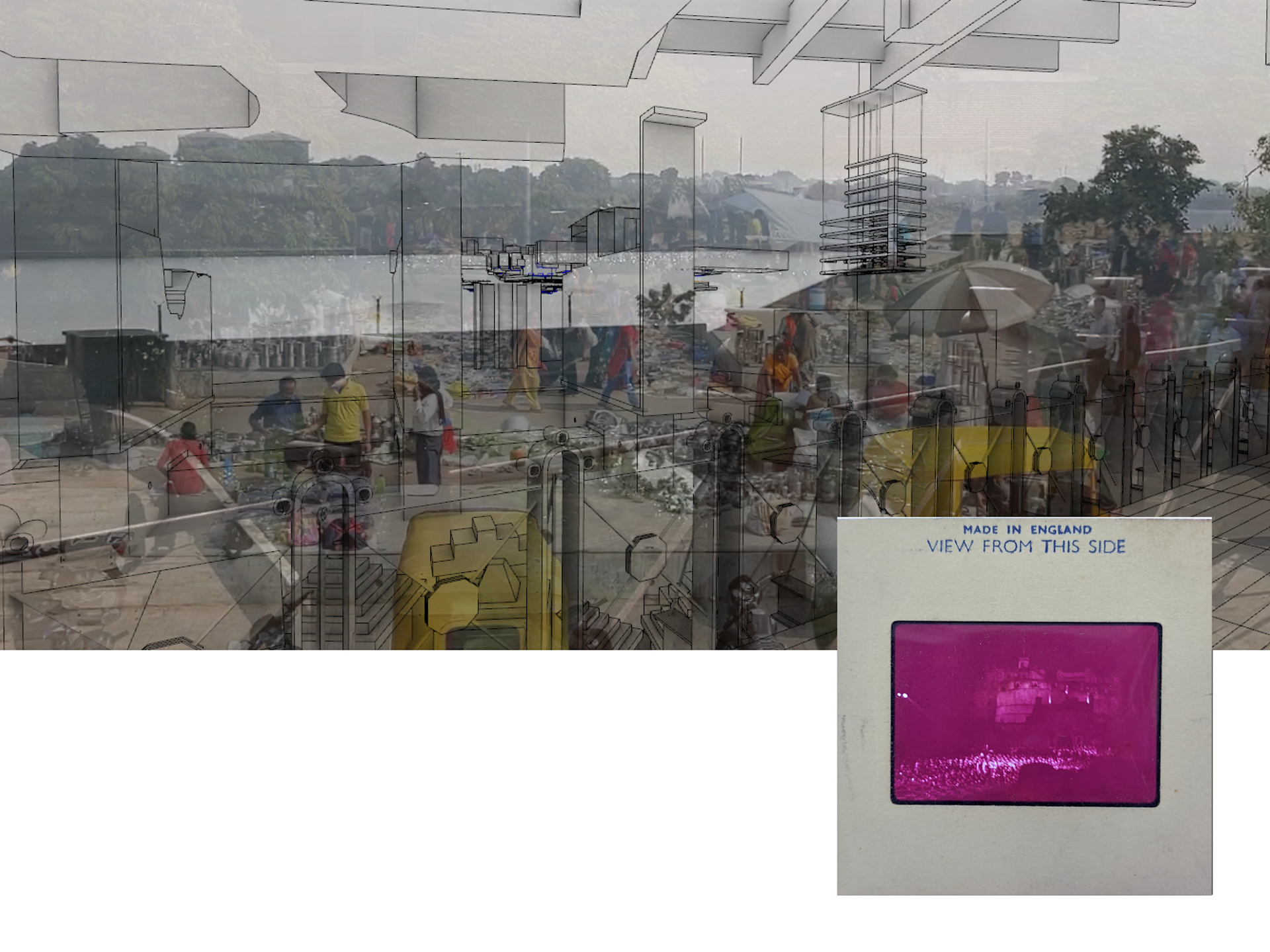
Frame: 523 || Slide No.15 || Location: Castle, Edinburgh, UK
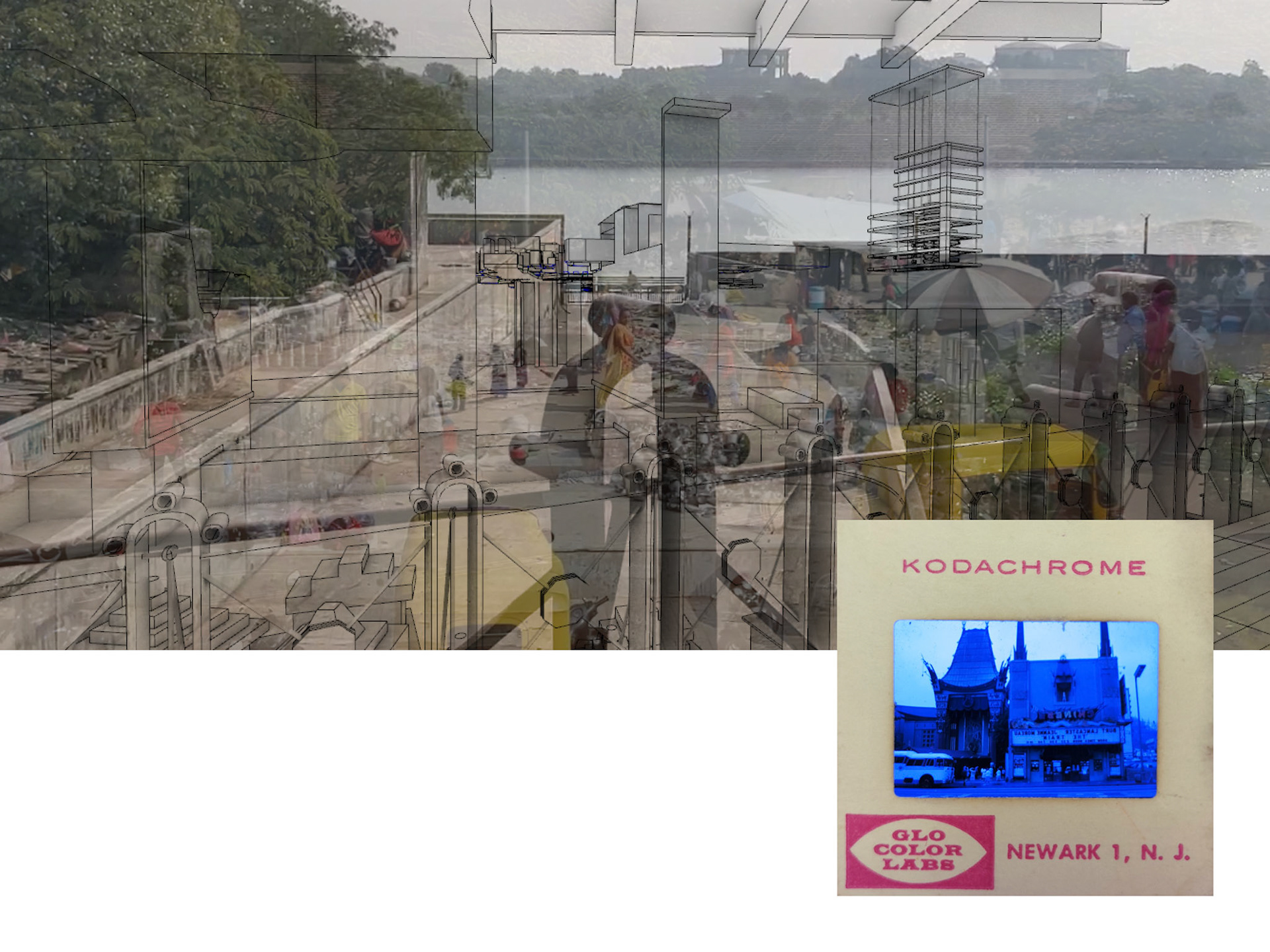
Frame: 610 || Slide No.12 || Location: Chinese Theatre, The Train, LA, USA
